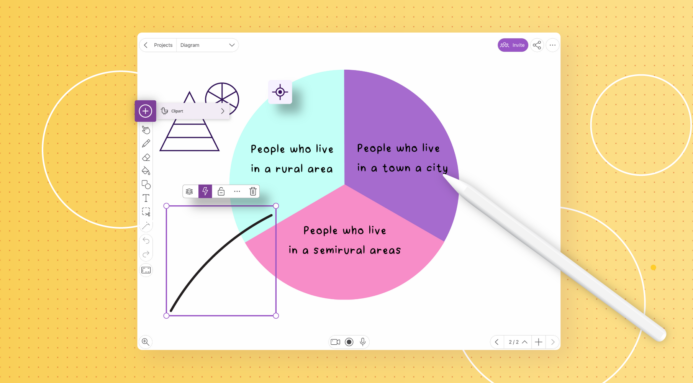
How to use visual learning in the classroom Visual learning refers to students absorbing information from things they see, such as images, graphics, maps, and diagrams. Thanks to the rise […]

How to use visual learning in the classroom Visual learning refers to students absorbing information from things they see, such as images, graphics, maps, and diagrams. Thanks to the rise […]
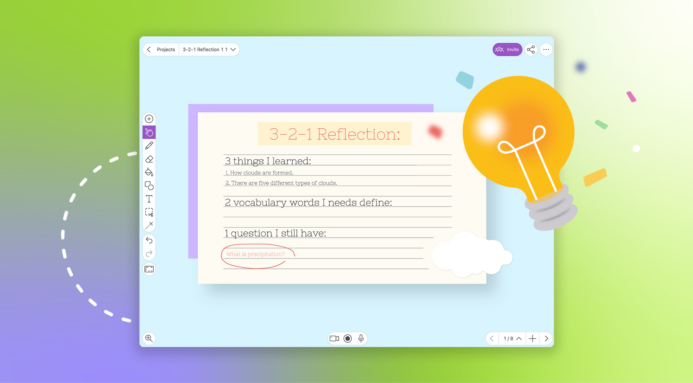
Using retrospective templates in education Hosting retrospectives in the classroom helps students and teachers recognize the things that are going well and the areas that need to improve. By using […]
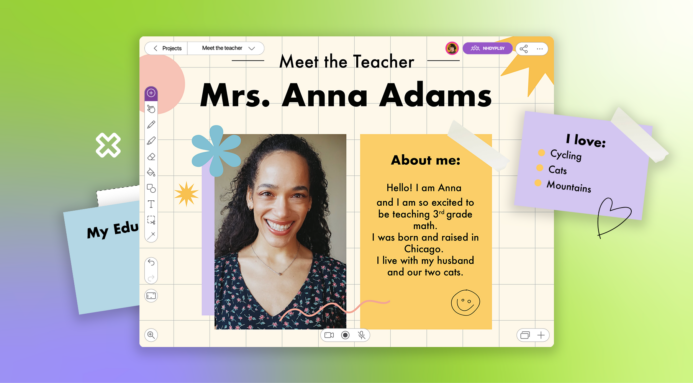
Using teacher introduction templates in your classroom When teaching a new group of students for the first time, you want them to know who you are. Using a meet the […]

How to use story charts in the classroom Teaching children how to write stories? A big part of this involves teaching children how to plan them. To pace a good […]
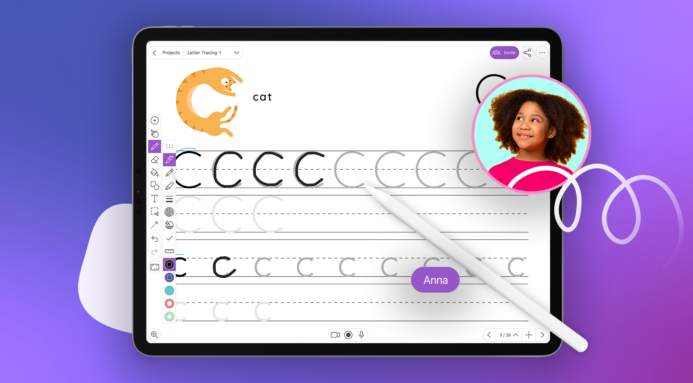
How to teach phonics Phonics is a popular way of teaching introductory reading and writing skills. It involves educating beginning readers about how individual letters and certain groups of letters […]

Addressing the problem of teacher burnout Let’s be honest: teaching can be a stressful job. But it does not have to be this way. Schools can overcome the problem of […]

There are four classroom management styles: authoritarian, authoritative, permissive, and indulgent. These have been adapted from notable developmental psychologist Diana Baumrind’s research into parenting styles in the 1960s.
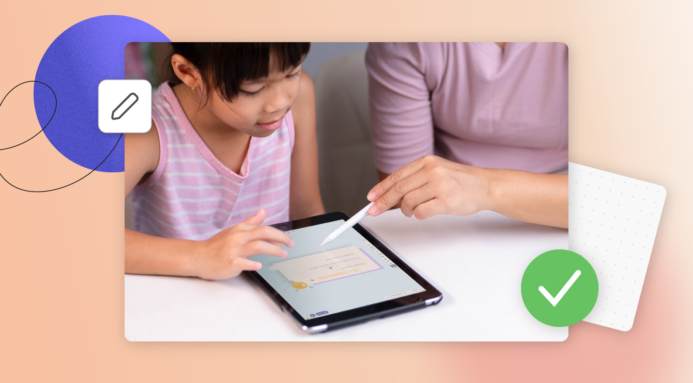
Assessments are an essential part of education. While many people have a misconception that an assessment is always the final goal, different types of assessments can – and should – take place throughout the academic year.
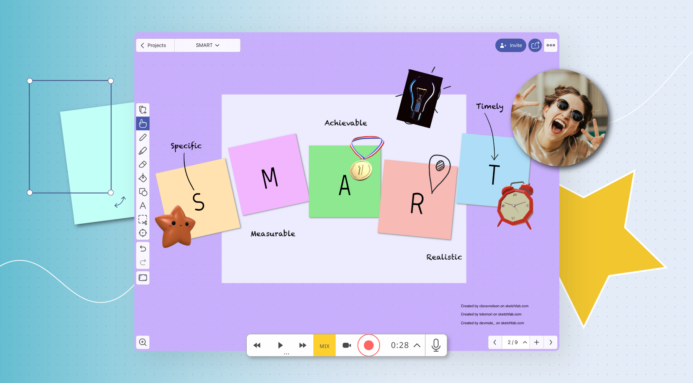
The SMART methodology can help teachers and students to construct robust, specific goals. Teachers can use SMART objectives and goals to improve lesson structures, support their pupils’ education, and boost their career progression.
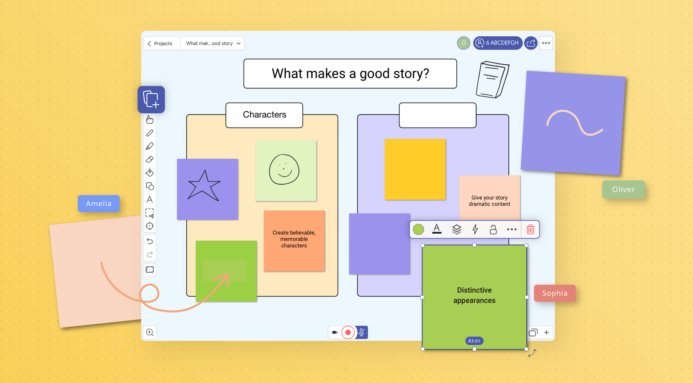
Affinity mapping is a way of organizing thoughts from brainstorming.
While affinity diagrams are perhaps most used by user experience (UX) professionals, teachers can adapt the process to suit educational settings
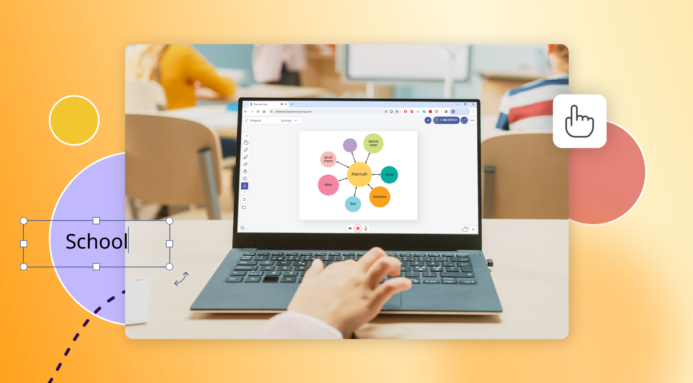
An ecomap is a great tool that allows a teacher to visualize the people who are important to their pupils. Unlike genograms, ecomaps are a visualization of a child’s or young person’s personal network.
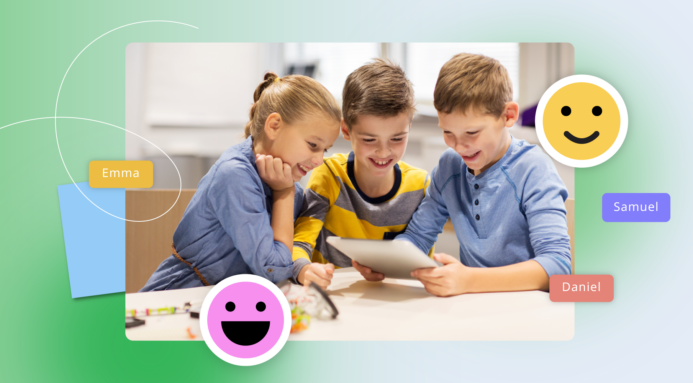
Over the years, the focus and direction of education have changed significantly to make the students more empowered and autonomous in their learning. One approach in particular has caused a […]